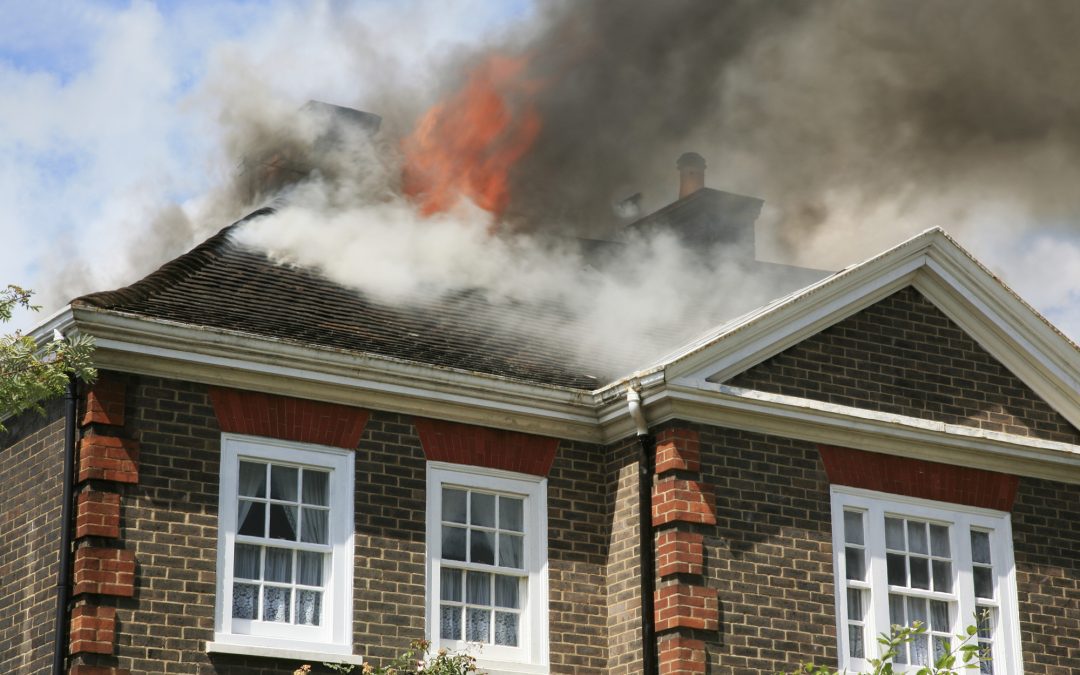Our homes are sanctuaries, providing comfort, warmth, and security. However, the risk of fire is an ever-present danger that can threaten not only our belongings but also the lives of our loved ones. Taking proactive steps to ensure fire safety at home is paramount for every household. This article will explore essential tips and practices to minimize the risk of fires and promote a safer living environment.
1. Smoke Alarms: The First Line of Defense for Fire Safety
The installation of smoke alarms is a fundamental step in fire safety. Place smoke detectors in key areas such as bedrooms, hallways, and common living spaces. Test the alarms regularly and replace batteries at least twice a year to guarantee their functionality.
2. Fire Extinguishers: Be Prepared to Act
Having a functional fire extinguisher within easy reach is crucial in containing a small fire before it grows. Learn how to use a fire extinguisher properly, and make sure it is easily accessible in areas prone to fires, such as the kitchen and laundry room.
3. Create an Evacuation Plan for Fire Safety
Develop a family evacuation plan and practice it regularly. Identify multiple escape routes from each room and establish a meeting point outside. Make sure that everyone in the household, including children, is familiar with the plan to expedite a safe evacuation in an emergency.
4. Kitchen Safety Measures
The kitchen is often the heart of the home and a common location for fires to start. Practice safe cooking habits by never leaving stovetops unattended, keeping flammable materials away from heat sources, and having a fire-resistant blanket nearby.
5. Electrical Safety
Electrical safety is essential for preventing fires. Overloaded electrical circuits and faulty wiring are common causes of house fires. Regularly inspect electrical appliances, cords, and outlets for signs of damage. Avoid overloading outlets and invest in surge protectors to protect valuable electronic equipment.
6. Heating Appliances and Fire Safety
Fireplaces, space heaters, and other heating devices can pose a fire hazard if not used safely. Keep flammable materials at a safe distance, and ensure that heating appliances are well-maintained. Schedule regular inspections of chimneys and vents to prevent the buildup of creosote, a highly flammable substance.
7. Candle Safety
While candles create a cozy atmosphere, they are also a potential fire risk. Keep candles away from curtains, papers, and other flammable items. Consider using flameless LED candles as a safer alternative, especially in households with children or pets.
8. Children and Fire Safety
Educate children about the dangers of fire and establish strict rules regarding the use of matches and lighters. Store these items out of reach, and teach children the importance of immediately reporting any unusual smells or smoke.
9. Regular Maintenance
Conduct routine checks of your home’s safety features, including smoke alarms, fire extinguishers, and emergency exits. Replace or repair any damaged or outdated equipment promptly.
10. Emergency Contact Information
Ensure that all family members know all emergency contact numbers, including 911. Display this information prominently near phones and teach children how to dial emergency services.
Fire safety at home is a shared responsibility that requires diligence, awareness, and proactive measures. By implementing these simple yet effective strategies, you can significantly reduce the risk of fires and create a safer living environment for you and your loved ones. Regularly review and update your fire safety measures to stay well-prepared for an emergency.
Fire Safety FAQ
Can I use water to extinguish all types of fires?
No, water is not suitable for all types of fires. It is effective for extinguishing fires involving ordinary combustibles (Class A) but can be dangerous for grease or electrical fires. Invest in a multipurpose fire extinguisher that can handle different fire classes.
Can I use a fire extinguisher on an electrical fire?
Yes, you can use a fire extinguisher on small electrical fires, but it is essential to use a non-conductive type labeled for Class C fires. If the fire is too large or if you are unsure, evacuate the area immediately and call emergency services.
What are the common signs of faulty wiring?
Signs of faulty wiring include flickering lights, frequent tripped circuit breakers, and burning odors. Regularly inspect electrical appliances, cords, and outlets for any signs of damage or wear.
What should I teach my children about fire safety?
Educate children about the dangers of fire and establish rules about using matches and lighters. Emphasize the importance of reporting any unusual smells or smoke immediately.
How do I maintain my heating appliances to prevent fires?
Regularly inspect heating appliances such as fireplaces and space heaters for any signs of damage or malfunction. Schedule professional inspections of chimneys and vents to prevent the buildup of creosote, which is highly flammable.
GoPro Home Inspections provides inspections to homebuyers and sellers. Contact us to request an appointment for our services.

